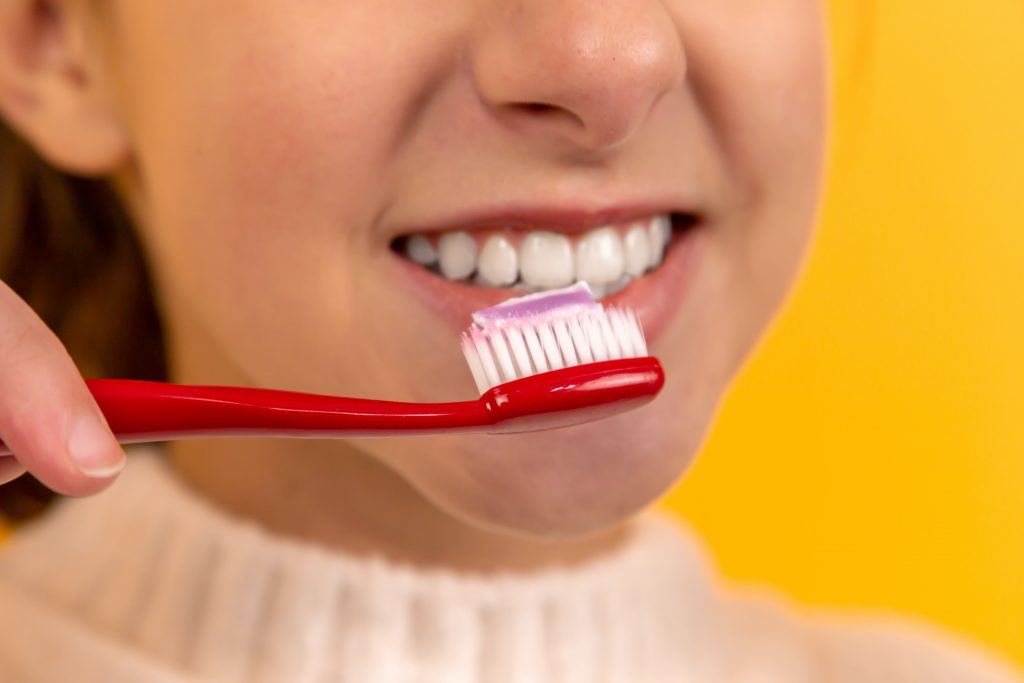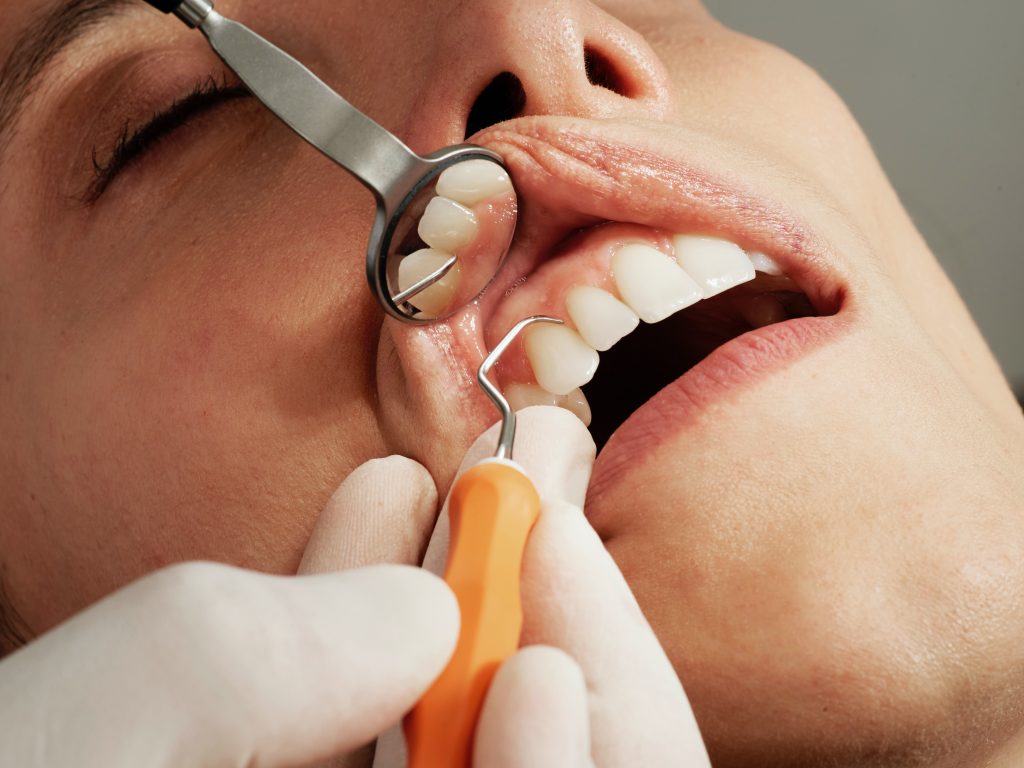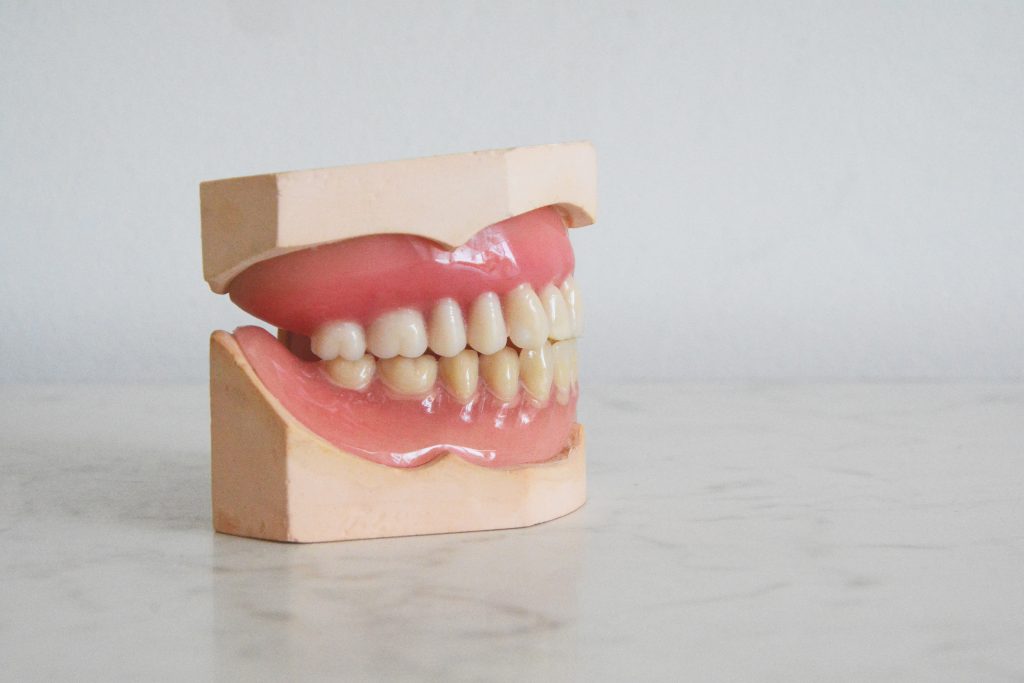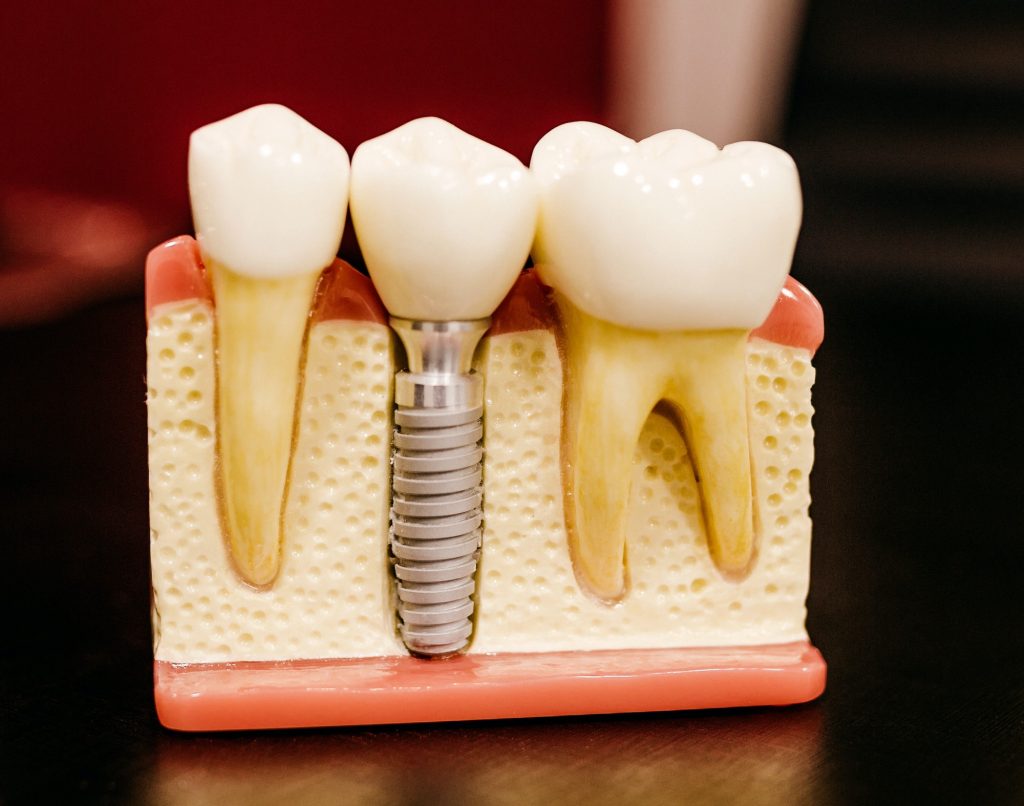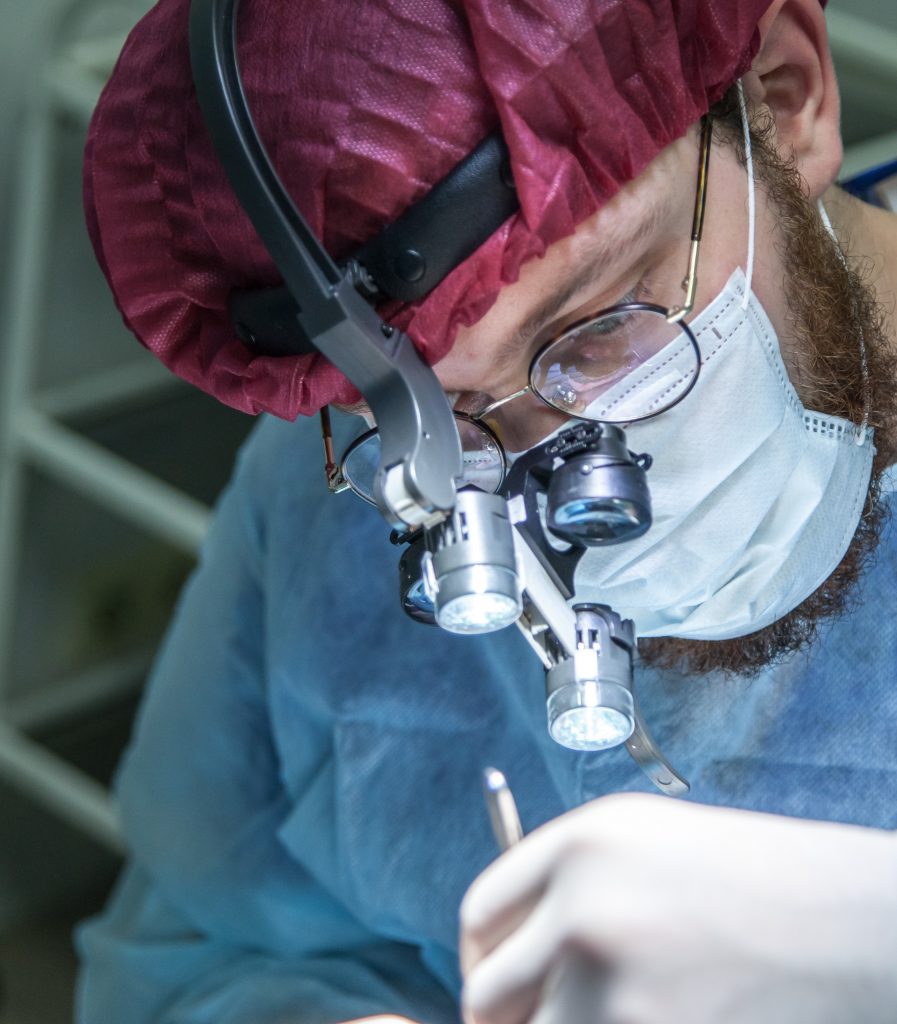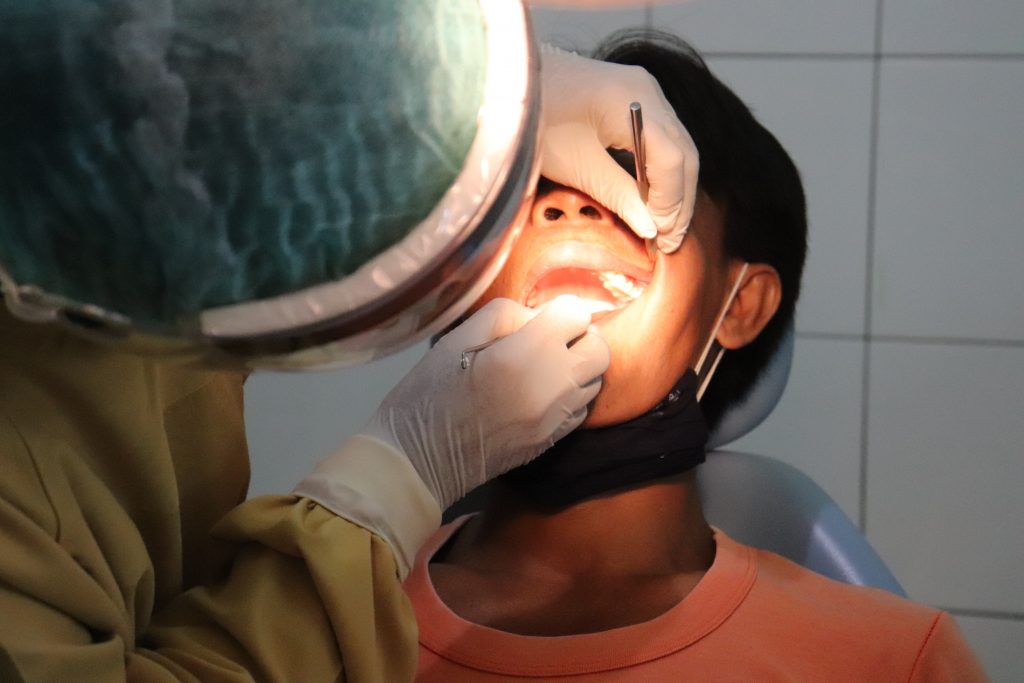
Holistic Dentistry Coral Gables, Florida
Holistic dentistry, also recognized as biological or integrative dentistry, is a revolutionary approach to dental care that takes into consideration the health of the whole person, not just their teeth and gums. This approach is rooted in the belief that oral health is interrelated to overall health and well-being, and that dental treatments should be designed to support and foster the body’s innate healing processes.
Dr. Hank Barreto is a highly accomplished and respected holistic dentist who has devoted his career to championing natural and holistic approaches to dental care. One of the key principles of his holistic approach to dentistry is the use of non-toxic materials in dental treatments.
Dr. Barreto sidesteps the use of traditional dental materials that contain mercury or other detrimental substances and instead implements biocompatible materials, such as composite resin for fillings and zirconia or ceramic for crowns and bridges.
Dr. Barreto’s holistic approach to dentistry also emphasizes prevention and minimally invasive treatments. He is keen on identifying and addressing underlying issues that can give rise to oral health problems, such as poor nutrition or chronic stress. Dr. Barreto also advocates regular cleanings and checkups to catch potential issues early on before they escalate.
Furthermore, Dr. Barreto provides a plethora of complementary therapies such as acupuncture, herbal remedies, and nutritional counseling to foster oral health and overall wellness. These therapies can help to address underlying health issues that may affect oral health and promote a healthy and balanced body.
Holistic dentistry in Coral Gables, Florida – Dr. Hank Barreto
At Dr. Barreto’s office, patients can expect a personalized approach that is tailored to their specific needs and health goals. He collaborates with patients to create a treatment plan that addresses their individual concerns and promotes their overall health and well-being.
If you’re seeking a holistic dentist, commence your search by researching online for dentists specializing in holistic or biological dentistry. Be sure to scrutinize reviews and testimonials from other patients to gain insight into their approach to care.
In conclusion, holistic dentistry is a patient-centered approach to dental care that prioritizes health, wellness, and natural healing. Dr. Hank Barreto is a highly accomplished and respected holistic dentist who is revolutionizing the field of dentistry. He is committed to helping his patients achieve optimal health and well-being by promoting natural and holistic approaches to dental care. If you’re looking for a dental care provider who prioritizes your health and well-being, consider experiencing holistic dentistry with Dr. Barreto.

